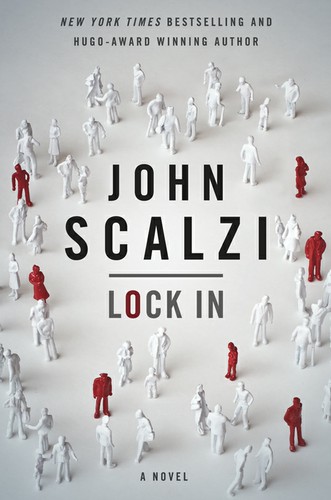Are We Headed Towards an Ice Age? →
This is the type of thing that worries me.
Holdren does do us a favor by raising a subject which doesn’t get nearly as much air time when this topic is debated in the media. No matter what you think about the viability of various climate models predicting the effects of various atmospheric agents on the biosphere, there has always been a long term question about what mankind will do when (not if) the next ice age comes. Rather than looking at hockey sticks for global temperature trends in the 20th century, a more alarming picture comes into focus when you look at our track record for the last half million years.
The relatively pleasant weather we’ve enjoyed throughout mankind’s rise across the globe is, traditionally, a fleeting thing. Eventually the glaciers come back and that’s something which our biggest brains have no clue how to stop once they start their southward march. Once the process starts, it happens pretty fast, too. (At least “fast” in geological time frames.) It might not spell the actual extinction of the species, but there wouldn’t be room for many people in the habitable areas. There are also theories out there which suggest that a sustained rise in temperatures can actually trigger a faster onset of glaciation. So when you’re done arguing about what to do when the ocean levels rise and swallow Miami, you can figure out how to grow corn on an ice sheet.
The Milwaukee Public Museum has an exhibit on the ice ages. It's a sobering thing to stand next to a scale replica of a glacier, looking up, and imagine everything that you know being kilometers underneath your feet.
This entry was tagged. Global Warming


